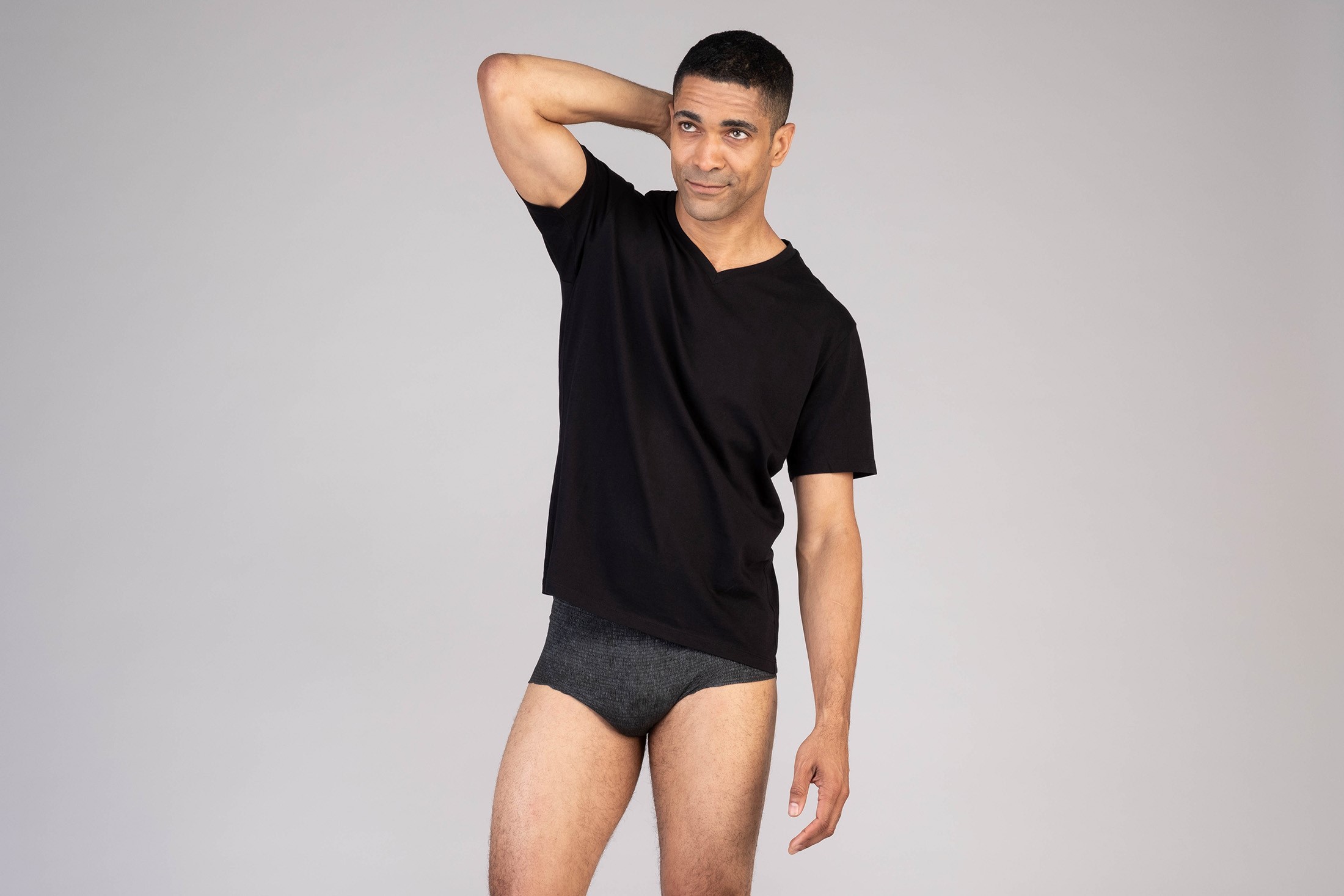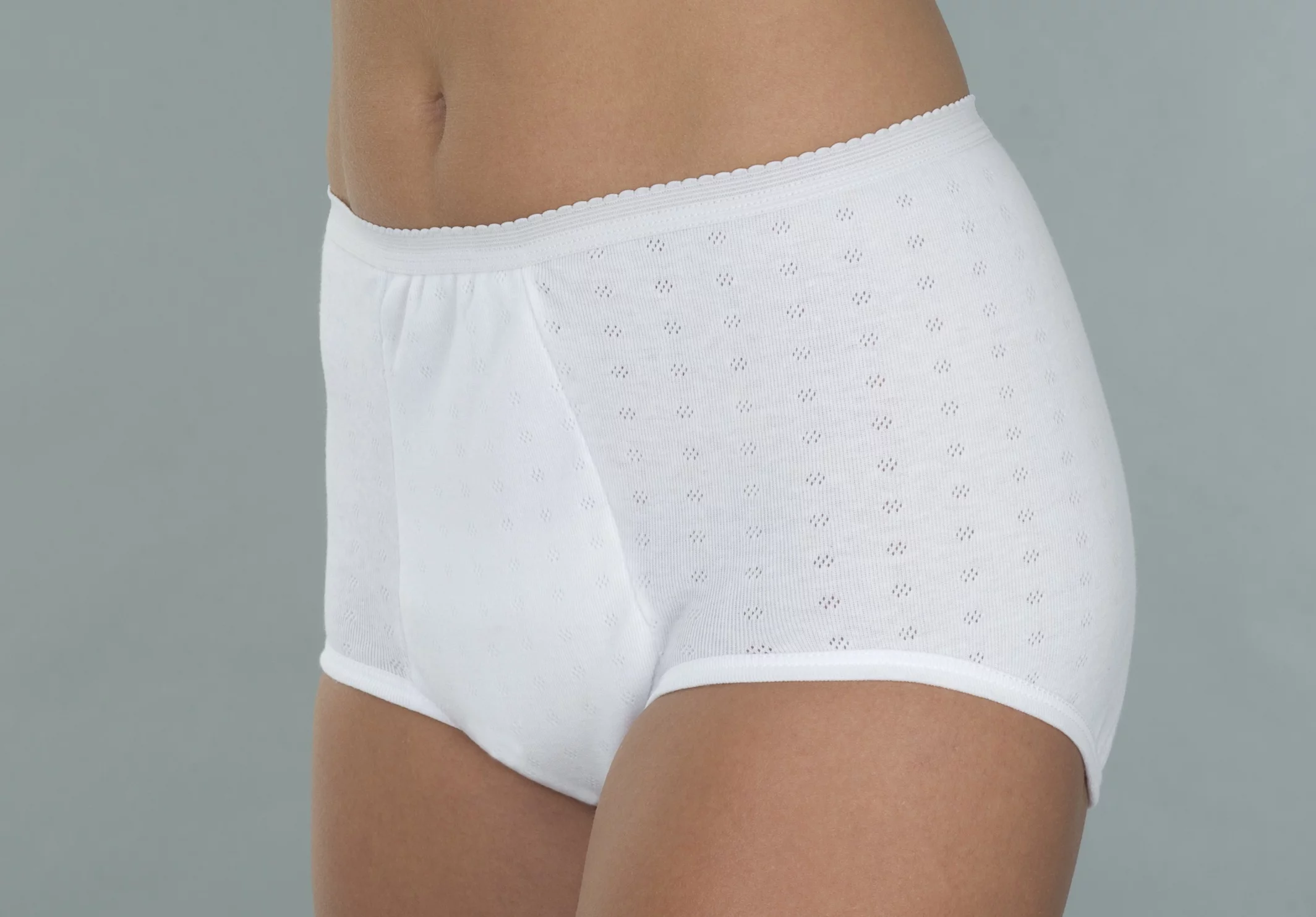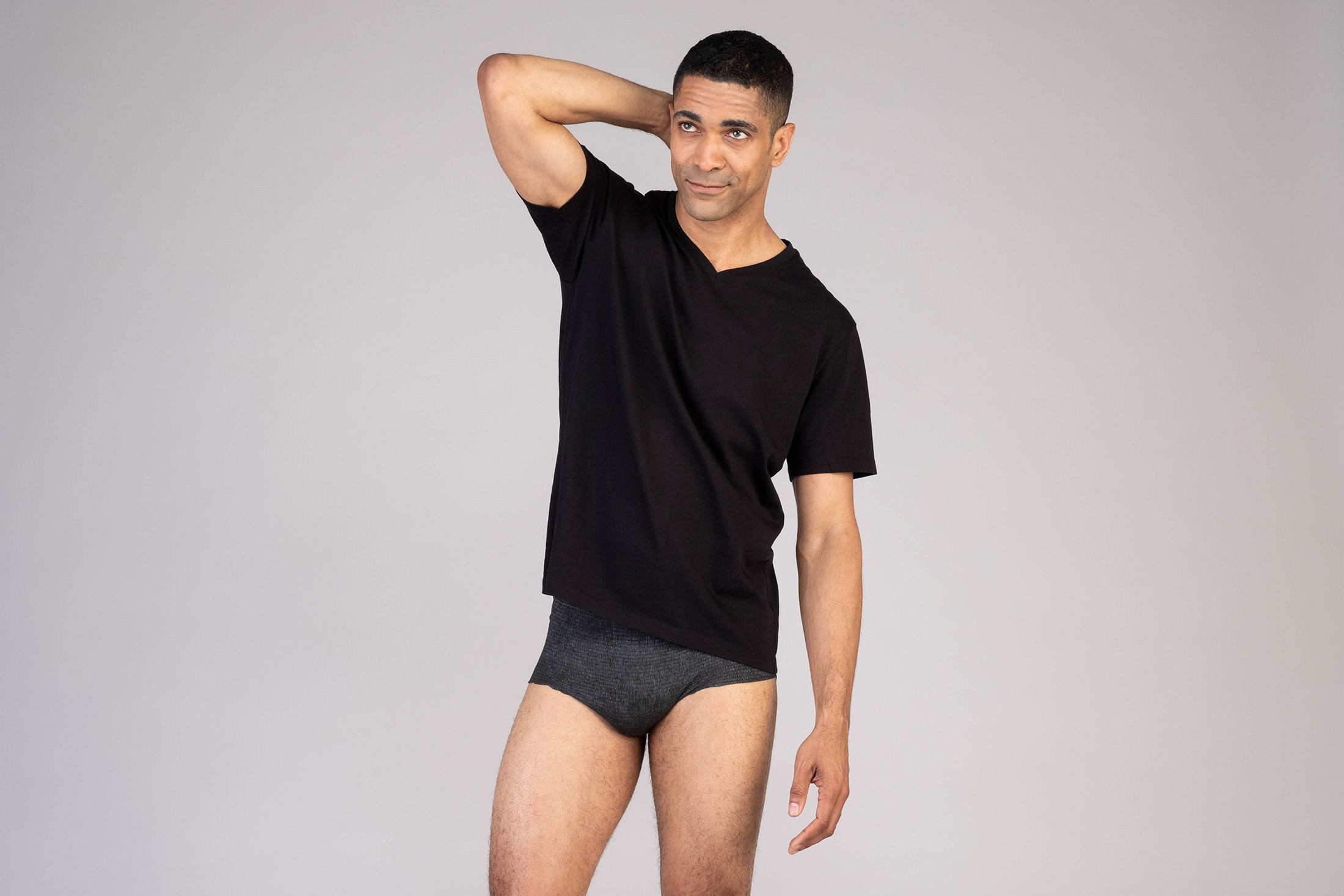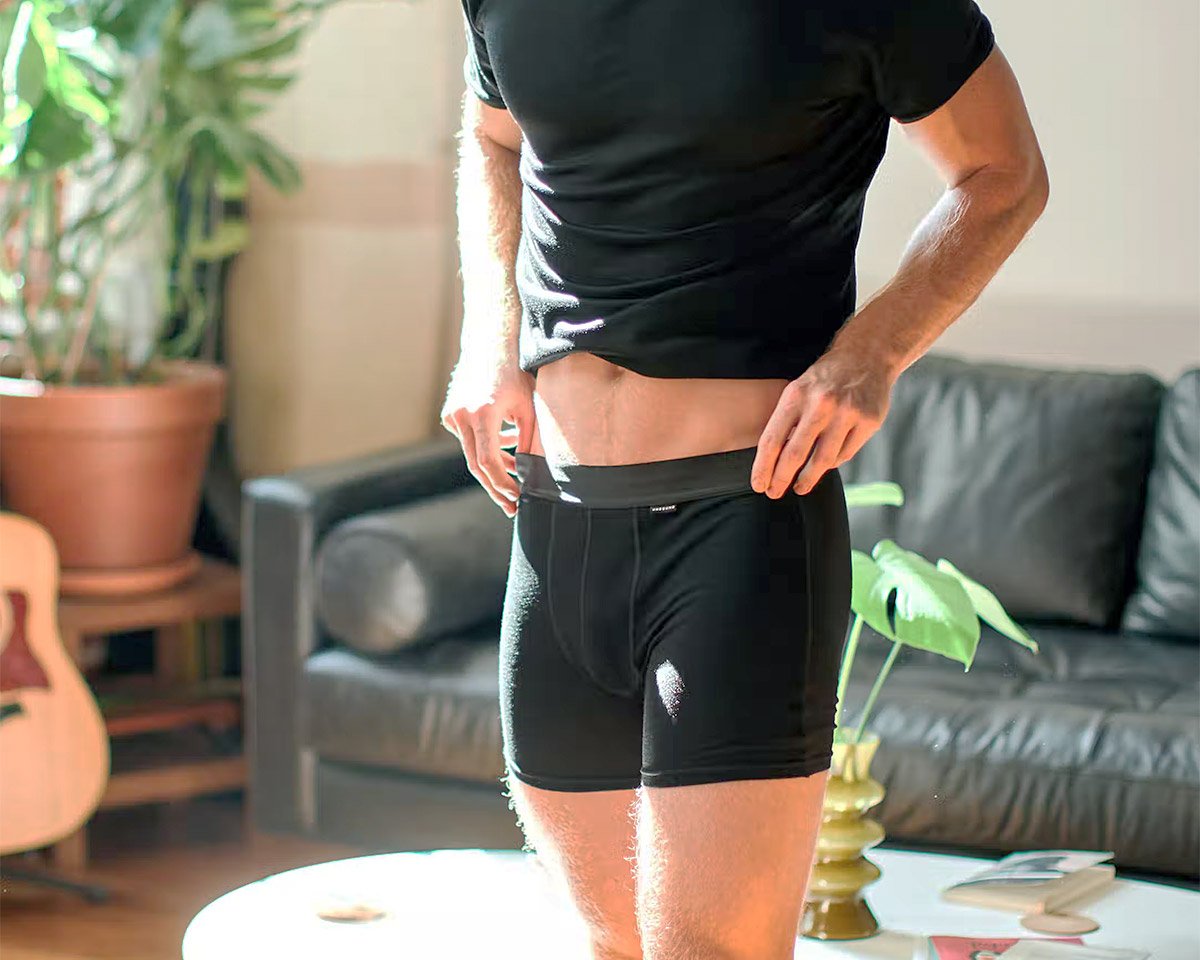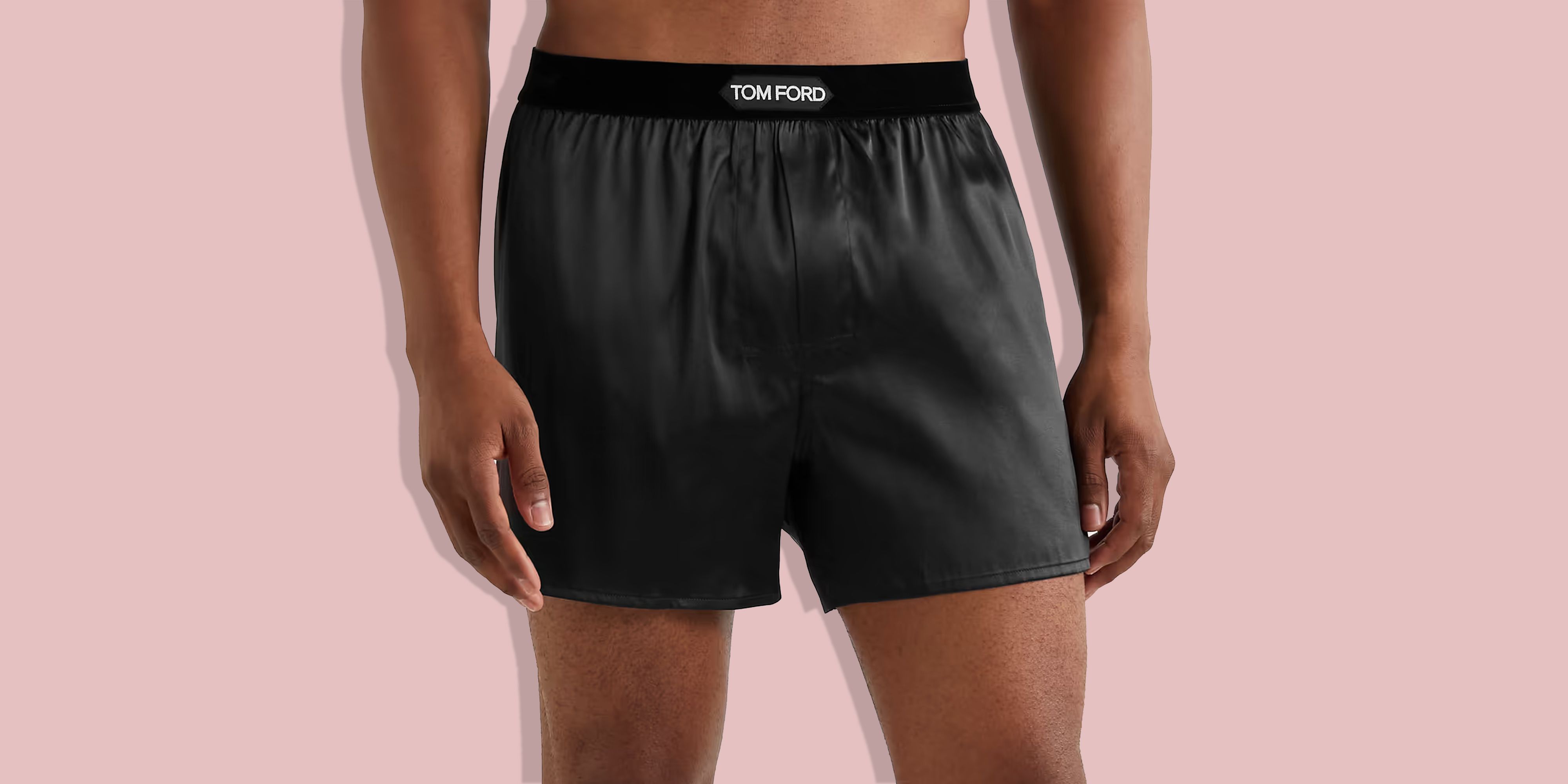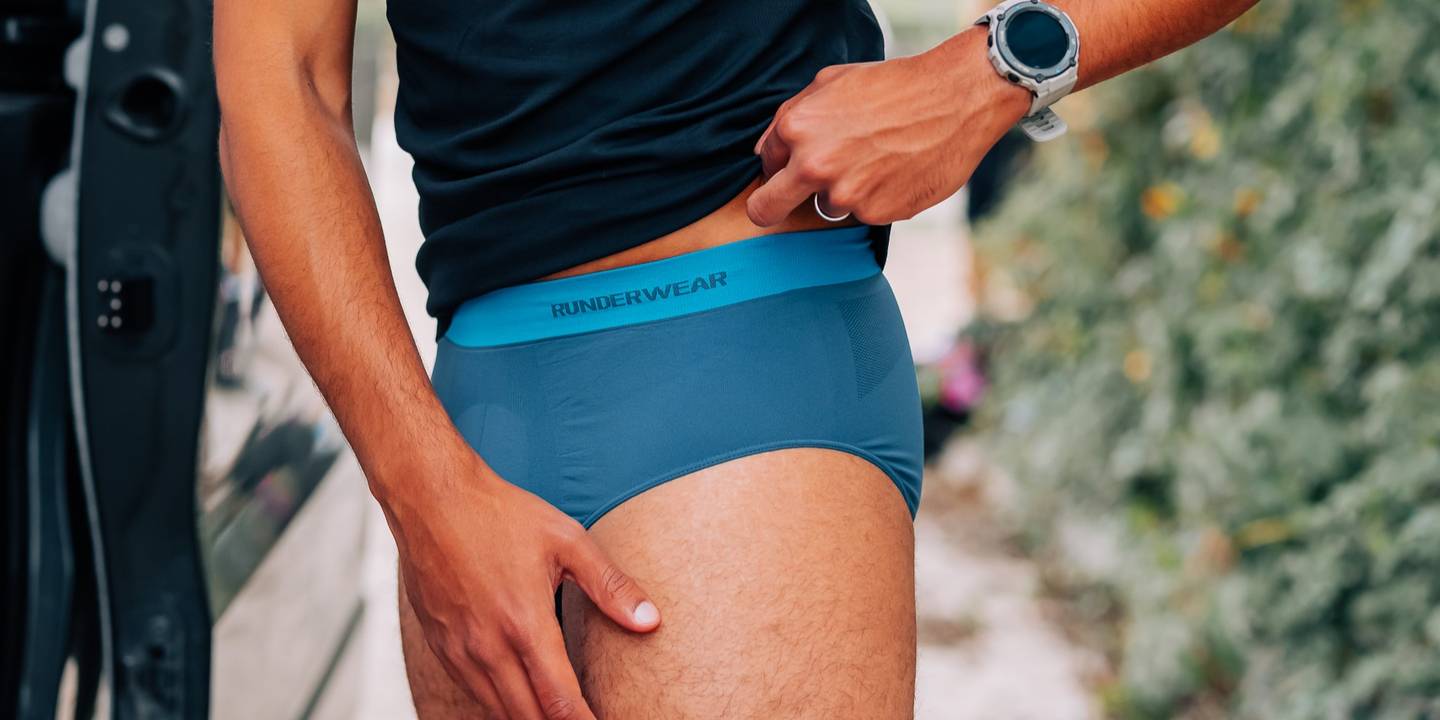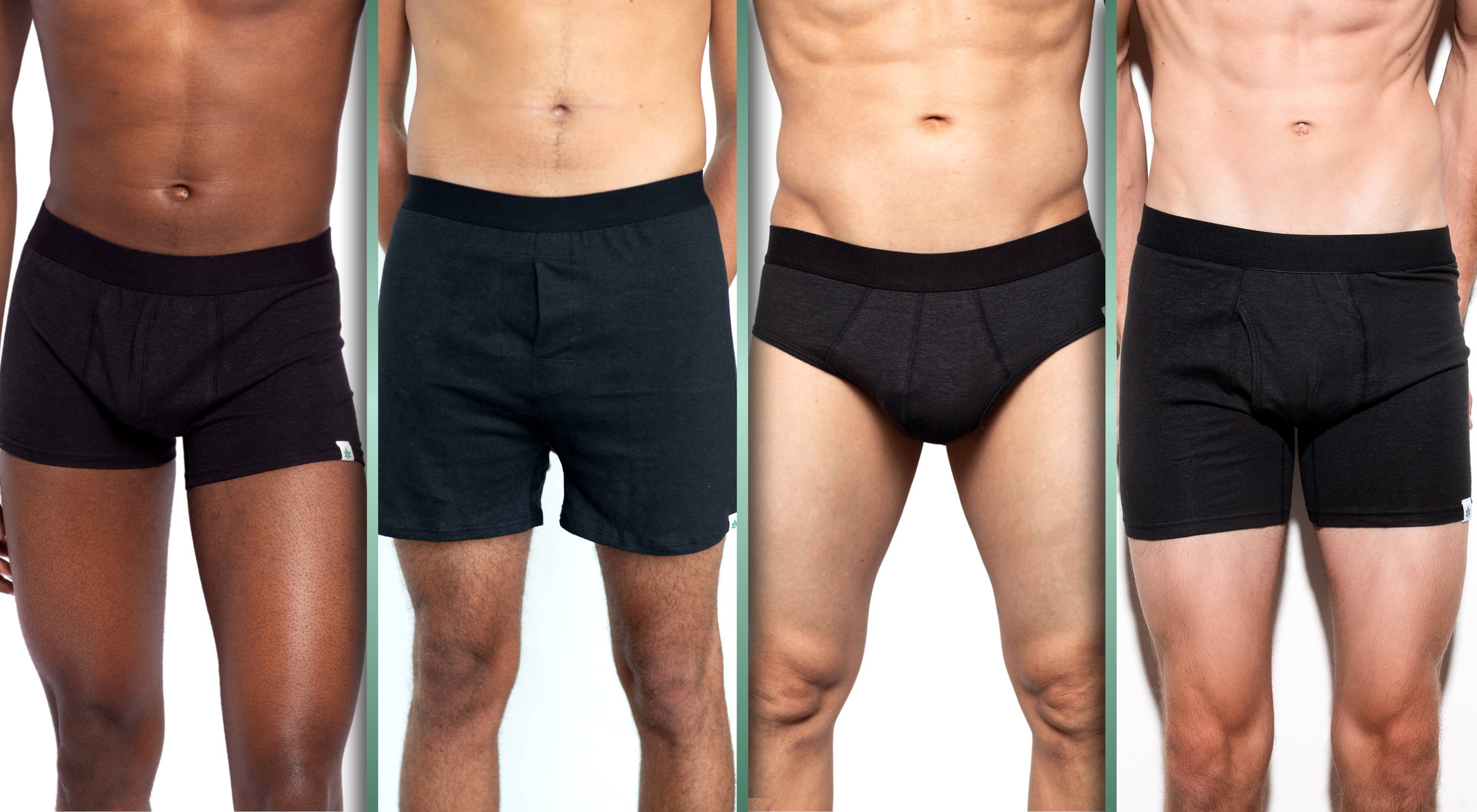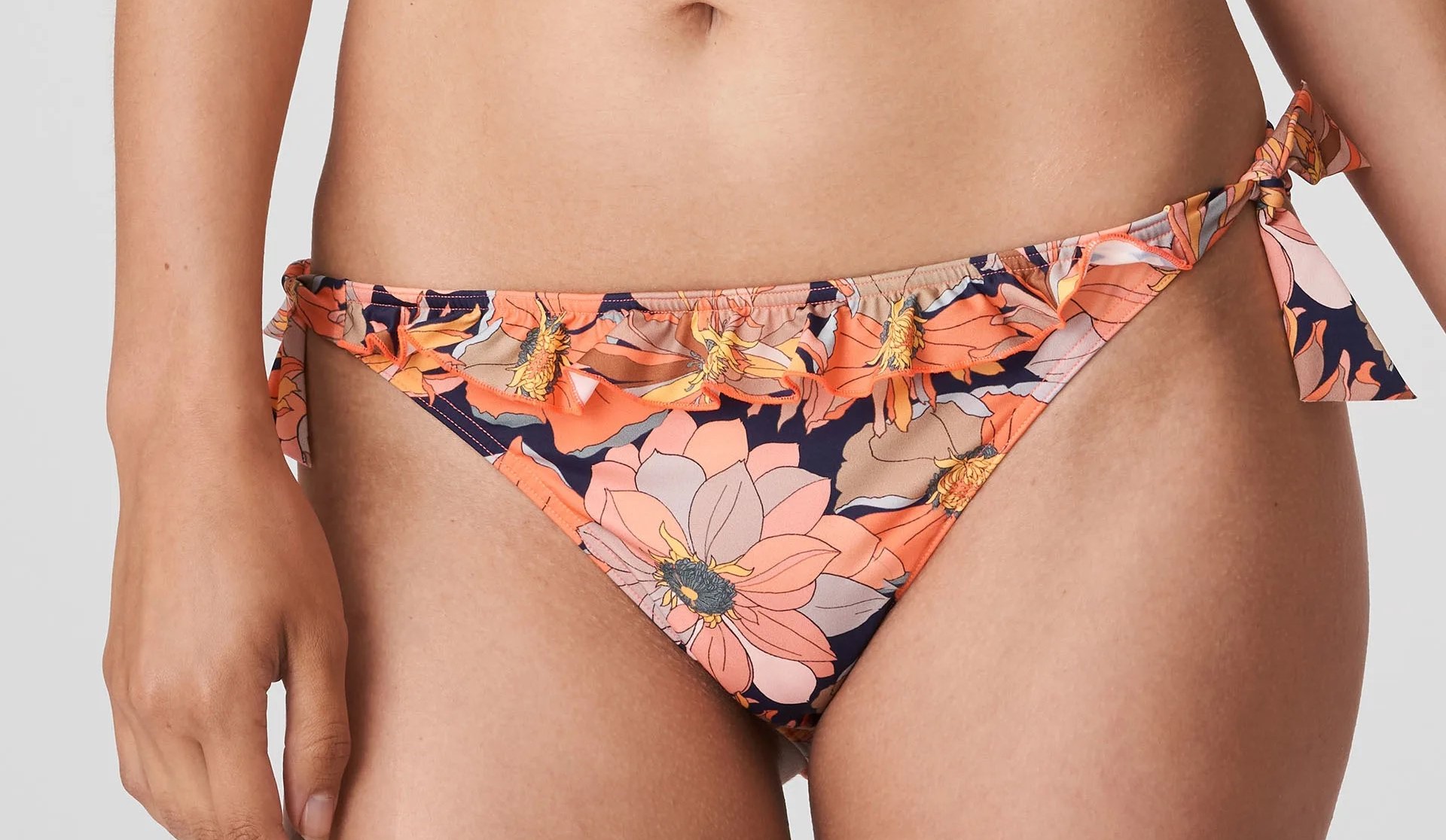Home>Buying Guides>What Are Incontinence Briefs
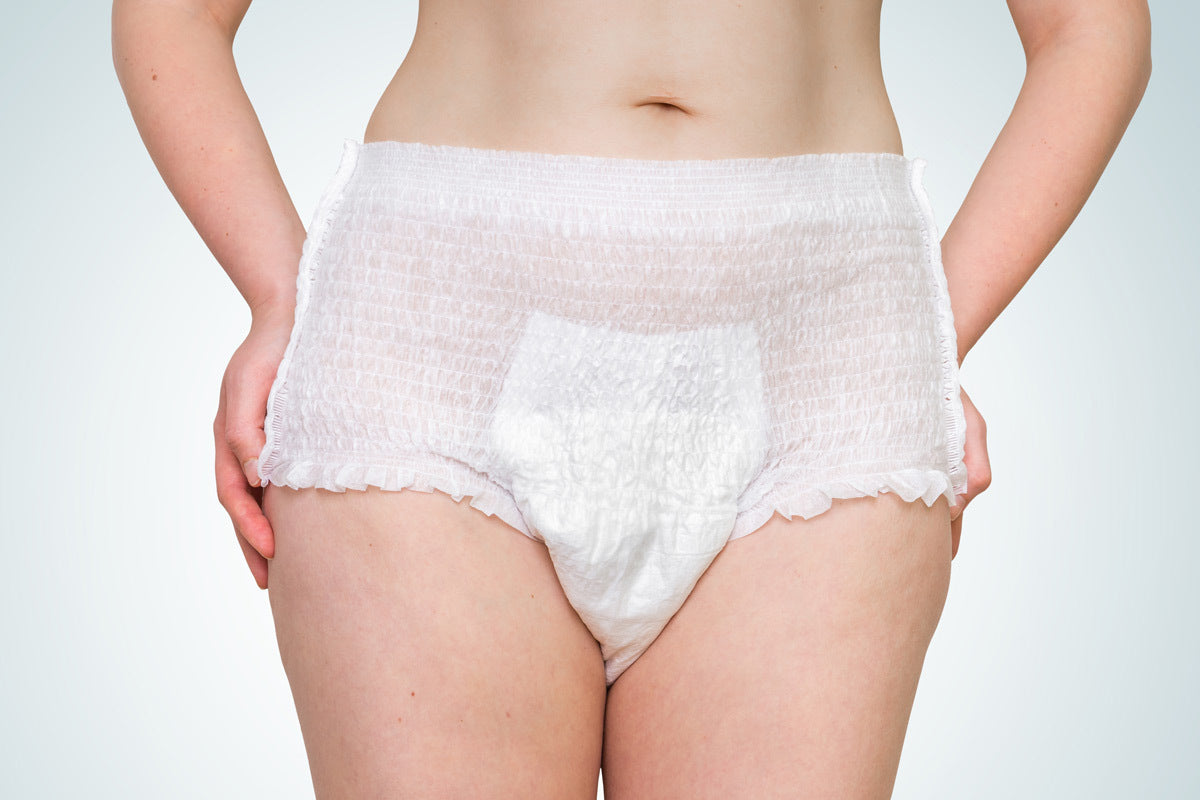

Buying Guides
What Are Incontinence Briefs
Published: July 31, 2023
Discover the benefits of using incontinence briefs for managing bladder control issues. Find comfortable and discreet solutions to help you stay confident.
(Many of the links in this article redirect to a specific reviewed product. Your purchase of these products through affiliate links helps to generate commission for Under-tec.com, at no extra cost. Learn more)
Table of Contents
Introduction
Incontinence is a common condition that affects millions of people around the world. It refers to the involuntary loss of urine or feces, and can be a source of embarrassment and inconvenience for those who experience it. Fortunately, there are various ways to manage and cope with incontinence, and one of the most effective solutions is the use of incontinence briefs.
In this article, we will explore the world of incontinence briefs and how they can provide comfort, confidence, and convenience for individuals dealing with incontinence. We will discuss the different types of incontinence, the benefits of using incontinence briefs, and factors to consider when choosing the right ones. Additionally, we will provide insights on how to properly use and care for incontinence briefs to ensure maximum effectiveness and longevity.
Whether you are personally dealing with incontinence or are caring for someone who is, understanding the role of incontinence briefs can greatly improve quality of life and help restore a sense of normalcy. So, let’s dive in and discover how these innovative products can make a difference in managing and overcoming the challenges of incontinence.
What is Incontinence?
Incontinence is a medical condition characterized by the involuntary loss of bladder or bowel control. It can occur in people of all ages and genders, although it is more commonly experienced by older individuals and women who have gone through childbirth.
There are several types of incontinence, each with its own causes and symptoms. The most common types include stress incontinence, urge incontinence, overflow incontinence, and functional incontinence.
Stress incontinence: This type of incontinence occurs when there is pressure or strain placed on the bladder, leading to leakage. Activities such as coughing, sneezing, laughing, or exercising can trigger stress incontinence.
Urge incontinence: Also known as overactive bladder, urge incontinence is characterized by a sudden and intense urge to urinate, followed by involuntary leakage. It can be caused by an overactive detrusor muscle or neurological conditions.
Overflow incontinence: Overflow incontinence happens when the bladder becomes full and is unable to empty properly. As a result, urine can leak out uncontrollably. This can be caused by bladder outlet obstruction or weakened bladder muscles.
Functional incontinence: Functional incontinence occurs when a person has difficulty reaching or using the toilet due to physical or cognitive impairments, such as arthritis or dementia. This can result in unintentional urine or fecal leakage.
It’s important to note that incontinence is not a normal part of the aging process and should not be ignored or accepted as a normal condition. It can have a significant impact on an individual’s quality of life, causing emotional distress, social isolation, and decreased self-esteem. Seeking medical attention and exploring different management techniques, including the use of incontinence briefs, can greatly improve the overall well-being of those affected by incontinence.
Types of Incontinence
Incontinence is not a one-size-fits-all condition. There are various types of incontinence, each with its own causes and symptoms. Understanding the different types can help individuals and healthcare providers determine the most appropriate management strategies.
1. Stress Incontinence: This type of incontinence occurs when there is pressure or strain on the bladder, leading to urine leakage. It is commonly triggered by activities such as coughing, sneezing, laughing, or exercising. Weak pelvic floor muscles, which support the bladder and urethra, are often the underlying cause of stress incontinence.
2. Urge Incontinence: Urge incontinence, also known as overactive bladder, is characterized by a sudden and intense urge to urinate, followed by involuntary leakage. It is caused by involuntary contractions of the bladder muscle, known as the detrusor muscle. Various factors can contribute to urge incontinence, such as urinary tract infections, bladder irritants, or neurological conditions.
3. Overflow Incontinence: Overflow incontinence occurs when the bladder does not fully empty, causing it to become overly full. The excess urine then leaks out. This type of incontinence is more common in men and can be caused by conditions such as an enlarged prostate or weak bladder muscles. Individuals with overflow incontinence may experience a weak urinary stream and frequent dribbling.
4. Functional Incontinence: Functional incontinence is not related to the bladder or urinary system itself but rather the individual’s ability to reach the bathroom in time. It is often seen in individuals with physical or cognitive impairments that prevent them from recognizing the need to urinate or accessing a toilet in time. Conditions such as arthritis, dementia, or mobility issues can contribute to functional incontinence.
5. Mixed Incontinence: Mixed incontinence is a combination of two or more types of incontinence. For example, an individual may experience both stress and urge incontinence. Treatment for mixed incontinence often involves addressing each type separately.
6. Reflex Incontinence: Reflex incontinence is rare but occurs when there is an absence of the sensation of a full bladder. The bladder empties automatically, without the individual consciously controlling it. This type of incontinence is often associated with spinal cord injuries or other neurological conditions.
It’s important to consult a healthcare professional for an accurate diagnosis and personalized treatment plan. By understanding the different types of incontinence, individuals and healthcare providers can work together to develop a management strategy that best suits their needs and improves their quality of life.
Incontinence Briefs: An Overview
One of the most effective and popular solutions for managing incontinence is the use of incontinence briefs. Also known as adult diapers or protective underwear, incontinence briefs are designed to provide comfort, confidence, and convenience for individuals experiencing bladder or bowel control issues.
Incontinence briefs are available in a variety of styles and absorbency levels to accommodate different needs and preferences. They are made using highly absorbent materials, such as a combination of soft fabrics and polymer-based materials, which help to lock in moisture and prevent leaks.
These briefs are designed with features such as elasticized waistbands, adjustable tabs, and leg cuffs to ensure a secure and comfortable fit. Some briefs also come with odor control technology to neutralize any unwanted odors.
Incontinence briefs offer several advantages over traditional underwear and can significantly improve the quality of life for individuals dealing with incontinence:
- Protection: Incontinence briefs provide a reliable and discreet solution for managing bladder or bowel leakage. They offer superior protection, absorbing urine or feces and preventing leaks, which helps to maintain dryness and comfort.
- Hygiene: The absorbent materials used in incontinence briefs help to keep the skin dry and reduce the risk of irritation and infection. This is particularly important for individuals with sensitive skin or who are prone to skin problems.
- Comfort and Discretion: Incontinence briefs are designed to resemble regular underwear, providing a comfortable and discreet option for individuals. They are available in various sizes and styles, allowing individuals to find the most suitable fit and feel confident in their everyday activities.
- Convenience: Incontinence briefs can be easily worn and removed, making them a convenient choice for both individuals and caregivers. They are disposable, eliminating the need for washing, and can be easily carried in a bag or purse when traveling or on the go.
- Improved Quality of Life: By providing an effective solution for managing incontinence, incontinence briefs can significantly improve the quality of life for individuals. They help individuals regain their independence, engage in activities with confidence, and avoid the embarrassment and stress associated with leakage.
It’s important to note that incontinence briefs are not a cure for incontinence, but rather a management tool. It is advisable to consult with a healthcare professional to determine the most suitable type and absorbency level of incontinence briefs based on individual needs and preferences.
How Do Incontinence Briefs Work?
Incontinence briefs are designed to effectively manage and contain urine or fecal leakage. They work by utilizing a combination of absorbent materials and innovative design features.
The absorbent materials used in incontinence briefs are typically a combination of soft fabrics and polymer-based materials. These materials are capable of quickly absorbing and locking in moisture, keeping the skin dry and preventing leaks. The level of absorbency can vary depending on the brand and product, allowing individuals to choose the appropriate absorbency level based on their needs.
The design of incontinence briefs is also crucial in their functionality. They are constructed with features such as elasticized waistbands, adjustable tabs, and leg cuffs to ensure a snug and secure fit. This helps to prevent any gaps or loose-fitting areas that could potentially lead to leaks. The leg cuffs, in particular, play a key role in preventing side leakage by forming a barrier around the leg area.
Furthermore, some incontinence briefs are equipped with odor control technology. This technology helps to neutralize any unwanted odors, providing an added layer of discretion and confidence for individuals using the briefs.
Using incontinence briefs is simple. Individuals can simply slip them on like regular underwear, making sure that the absorbent padding is securely positioned in the groin area. The briefs can be adjusted using the tabs or fasteners to achieve a comfortable fit. When it’s time to remove the briefs, they can be torn or unfastened at the sides for easy removal.
It’s important to note that incontinence briefs should be changed regularly to maintain hygiene and comfort. The frequency of changing will depend on the individual’s level of incontinence and the absorbency capability of the specific briefs being used. Disposing of used briefs in a sanitary manner is essential to prevent any risk of contamination or odors.
Incontinence briefs are a practical and effective solution for individuals experiencing bladder or bowel control issues. They provide a discreet and comfortable means of managing incontinence, allowing individuals to go about their daily activities with confidence and peace of mind.
Benefits of Using Incontinence Briefs
Using incontinence briefs can have numerous benefits for individuals experiencing bladder or bowel control issues. These briefs are specifically designed to provide comfort, convenience, and enhanced quality of life for those managing incontinence. Here are some of the key benefits of using incontinence briefs:
- Protection and Leakage Prevention: Incontinence briefs offer superior protection by effectively containing urine or fecal leakage. The absorbent materials used in these briefs quickly absorb moisture, keeping the skin dry and preventing leaks, thereby reducing the risk of skin irritation or infection.
- Comfort and Discretion: Incontinence briefs are designed to resemble regular underwear. They are available in various sizes and styles, ensuring a comfortable and secure fit for all individuals. The discreet design allows individuals to maintain their dignity and confidence while managing their incontinence.
- Odor Control: Many incontinence briefs come with specialized odor control technology. These features help neutralize and minimize unwanted odors, providing individuals with additional peace of mind and discretion.
- Convenience and Ease of Use: Incontinence briefs are easy to use and can be slipped on and off like regular underwear. They require minimal effort and can be easily replaced when needed. This convenience is particularly beneficial for individuals who are active or on the go.
- Improved Quality of Life: By effectively managing incontinence, using briefs can significantly improve an individual’s quality of life. They help individuals regain their independence, allowing them to engage in daily activities without the constant worry of leakage. This, in turn, can boost self-esteem and overall well-being.
- Cost-Effective: Incontinence briefs offer a cost-effective solution compared to other alternatives. They often come in packs or bulk quantities, providing individuals with a supply of briefs at a reasonable price. Additionally, the reduced risk of skin irritation or infection can help prevent costly medical treatments.
It’s important to note that while incontinence briefs provide numerous benefits, they are not intended as a long-term solution for incontinence management. Consulting with a healthcare professional is crucial to address the underlying causes of incontinence and explore additional treatment options.
Overall, incontinence briefs play a vital role in improving the daily lives of individuals dealing with bladder or bowel control issues. They offer protection, comfort, and convenience, allowing individuals to regain their confidence and maintain an active lifestyle.
Choosing the Right Incontinence Briefs
Choosing the right incontinence briefs is essential in ensuring comfort, effectiveness, and overall satisfaction. With a wide range of options available in the market, it’s important to consider several factors when making a selection.
1. Absorbency Level: The absorbency level of the incontinence briefs should match the individual’s needs and level of incontinence. Different brands and products offer varying levels of absorbency, such as light, moderate, or heavy. It’s crucial to assess the frequency and severity of urine or fecal leakage to determine the appropriate absorbency level.
2. Size and Fit: Incontinence briefs come in various sizes to accommodate different body shapes and sizes. Finding the right fit is crucial for comfort, leakage prevention, and overall effectiveness. It is recommended to refer to the manufacturer’s sizing guide and consider waist and hip measurements for an accurate fit.
3. Comfort and Discretion: Look for incontinence briefs that prioritize comfort and offer a discreet design. Consider features such as soft materials, smooth seams, and a snug waistband that does not dig into the skin. Additionally, a discreet design helps individuals feel more confident and at ease when wearing the briefs.
4. Odor Control: Some incontinence briefs come with odor control technology to minimize unwanted odors. This can be particularly beneficial for individuals concerned about odor management. Look for briefs with this feature if odor control is a priority.
5. Brand and Quality: Opt for reputable brands known for their quality and reliability. Reading reviews and seeking recommendations can provide insights into the performance and durability of different brands and products.
6. Cost: Incontinence briefs range in price, so it’s important to consider the budget. However, it’s crucial not to compromise on quality and effectiveness for the sake of saving money. Look for a balance between cost and the desired features and benefits.
It may be helpful to try out different brands and types of incontinence briefs to find the one that meets individual preferences and requirements. Some manufacturers also offer sample packs, allowing individuals to test the briefs before committing to a larger purchase.
Lastly, consulting with a healthcare professional or a product specialist can provide valuable guidance in selecting the right incontinence briefs. They can offer personalized recommendations based on the individual’s specific needs, lifestyle, and preferences.
By considering these factors and taking the time to find the most suitable incontinence briefs, individuals can ensure optimal comfort, effectiveness, and satisfaction while managing their incontinence.
How to Properly Use Incontinence Briefs
Proper usage of incontinence briefs is essential to ensure their effectiveness and maintain optimal comfort and hygiene. Here are some guidelines on how to properly use incontinence briefs:
1. Select the Right Size: Ensure that the incontinence briefs are the appropriate size and fit for the individual. Refer to the manufacturer’s sizing guide and consider waist and hip measurements for an accurate fit. A proper fit will provide better leak protection and overall comfort.
2. Prepare the Briefs: Before putting on the incontinence brief, ensure that the absorbent padding is properly positioned in the groin area. This will maximize absorbency and minimize the risk of leaks.
3. Put on the Briefs: Put on the incontinence briefs by sliding them up the legs and pulling them up to the waist. Ensure a snug fit without being too tight or constrictive. Ensure that the leg cuffs are correctly positioned and that there are no gaps or loose areas where leakage may occur.
4. Adjust for Comfort: Use the adjustable tabs or fasteners, if available, to achieve a comfortable fit. Ensure that the briefs do not feel too tight or cause discomfort around the waist or leg areas. It’s essential to strike a balance between a secure fit and avoiding excessive pressure or irritation.
5. Monitor and Change Regularly: Regularly monitor the level of moisture in the briefs and change them when necessary. Timely changing is important to maintain hygiene, prevent skin irritation, and reduce the risk of leaks and odors. The frequency of changing will depend on the individual’s level of incontinence and the absorbency capacity of the briefs.
6. Disposal: When removing used incontinence briefs, dispose of them in a sanitary manner. Roll or fold the briefs, secure them with the adhesive tabs if available, and dispose of them in a designated waste bin. This helps to prevent any potential odor or contamination.
7. Personal Hygiene: It’s important to maintain good personal hygiene when using incontinence briefs. Cleanse the perineal area with wipes or mild soap and water during each change. Pat the area dry gently with a soft towel before putting on a fresh pair of briefs.
8. Follow Manufacturer’s Instructions: Always read and follow the instructions provided by the manufacturer for the specific brand and type of incontinence briefs. Each product may have specific guidelines and recommendations for optimal usage.
By following these steps and incorporating proper usage practices, individuals can maximize the effectiveness of incontinence briefs while promoting comfort, hygiene, and overall well-being.
Caring for Incontinence Briefs
Caring for incontinence briefs is important to maintain their effectiveness, durability, and hygiene. Here are some tips on how to properly care for incontinence briefs:
1. Follow Manufacturer’s Instructions: Always refer to the manufacturer’s care instructions specific to the incontinence briefs. Different brands and materials may have specific guidelines for washing and care.
2. Pre-treat Stains: If there are stains on the briefs, pre-treat them before washing. Use a stain remover or detergent specifically designed for removing tough stains. Allow the pre-treatment to work for the recommended time before washing.
3. Machine or Hand Wash: Check the care instructions to determine whether the briefs can be machine-washed or if they require hand washing. Use mild detergent and follow the recommended water temperature. Avoid using bleach or fabric softeners, as they may damage the fabric or affect the absorbency of the briefs.
4. Gentle Cycle and Delicate Setting: If using a washing machine, wash the incontinence briefs on a gentle or delicate cycle. This helps to protect the fabric and maintain the shape and integrity of the briefs.
5. Dry Thoroughly: After washing, make sure to dry the briefs thoroughly. High heat can damage the fabric and elastic, so it’s recommended to air-dry the briefs or use a low-heat setting if using a dryer. Avoid leaving the briefs damp, as this can lead to unpleasant odors or the growth of bacteria.
6. Separate from Other Laundry: It’s advisable to wash the incontinence briefs separately from other laundry items. This helps to prevent cross-contamination and ensures that the briefs receive proper care and attention.
7. Store in a Clean and Dry Environment: After washing and drying the briefs, store them in a clean and dry place until they are ready for use. Avoid storing them in humid or damp environments, as this can affect their quality and absorbency.
8. Replace as Needed: Regularly assess the condition of the incontinence briefs. If they become worn out, lose their elasticity, or show signs of reduced absorbency, it may be time to replace them with a fresh pair.
Proper care and maintenance of incontinence briefs not only prolong their effectiveness but also contribute to improved hygiene and comfort. Following these care tips will help ensure that the briefs remain in good condition, allowing individuals to continue managing their incontinence with confidence and convenience.
Conclusion
Incontinence is a common and often challenging condition that can significantly impact an individual’s quality of life. However, the use of incontinence briefs has proven to be an effective solution in managing and coping with the challenges of bladder or bowel control issues.
Throughout this article, we have explored the world of incontinence briefs, understanding their purpose, benefits, and proper usage. Incontinence briefs offer superior protection, comfort, and discretion for individuals dealing with incontinence. They are designed with absorbent materials, innovative features, and various sizes to cater to unique needs and preferences.
By wearing incontinence briefs, individuals can regain their confidence and independence, participate in daily activities without fear of leaks or odors, and experience an improved overall quality of life. These briefs provide comfort, convenience, and peace of mind, allowing individuals to navigate life with dignity and minimal disruptions caused by incontinence episodes.
When choosing incontinence briefs, it is essential to consider factors such as absorbency level, size and fit, comfort, odor control, quality, and cost. Consulting with healthcare professionals can also be valuable in making informed decisions.
Caring for incontinence briefs is crucial to ensure their effectiveness and longevity. Following proper care instructions, pre-treating stains, washing with care, and storing in a suitable environment help maintain hygiene and preserve the quality and absorbency of the briefs.
In summary, incontinence briefs are a practical and reliable solution in managing incontinence. They provide individuals with the tools and confidence needed to overcome the challenges associated with bladder or bowel control issues. By utilizing incontinence briefs and adopting proper care practices, individuals can lead fulfilling lives while managing their incontinence effectively and with dignity.
